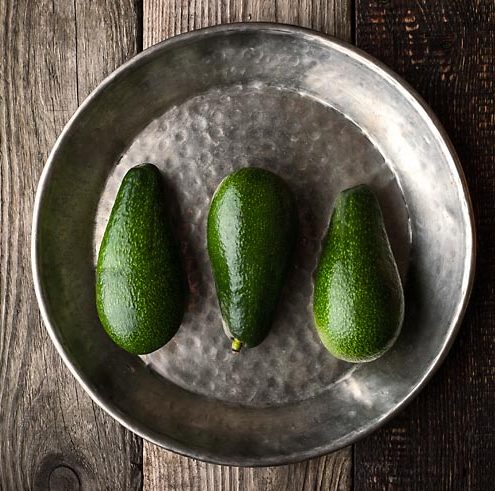Think beta-carotene is only found in red vegetables and fruits? Dill and onions contain no less vitamin A than carrots! In addition, by sprinkling greens on the meat, you enrich the dish with vitamin C, which is not so much in green vegetables as in sea buckthorn or black currant, but still a lot. Other benefits of greens include a high content of potassium, magnesium, manganese, and vitamin K, which is responsible for the absorption of calcium. What do you know about Greens?

- Greens are the only type of food that contains absolutely all the nutrients a person needs.
- To obtain these nutrients, it is necessary to break the strong cell walls of the greens (by thoroughly chewing into porridge or at least grinding in a blender).
- Separate food. Greens are a category of food separate from vegetables, and the only one that can be combined with any food (without violating the principles of “separate nutrition”).
- Protein source. Greens are very high in protein – for example, one pound (454 g) of green leafy vegetables contains more protein than the US recommended for daily consumption.
- Essential amino acids. All green plants are composed of 9 main (irreplaceable) amino acids.
- Green plants contain protein in the form of individual amino acids, and it is easier for our body to use such amino acids than complex animal proteins (created by the animal body, from the same greenery, and for our own needs, not for ours).
- Unlike animal proteins, green proteins do not lead to cancer.
- Cellulose. Greens are rich in insoluble fiber, which absorbs toxins from the large intestine like a sponge. Without it, a complete bowel cleansing is almost impossible, if not impossible.
- As a result, inadequate fiber intake is one of the main causes of premature aging in humans.
- Homeostasis. Being a source of all the nutrients that a person needs, greens are the best possible source of nutrition for the endocrine system and thus contribute to the regulation of homeostasis.
- Hypoacidness. The low acidity of gastric juice interferes with the absorption of nutrients necessary for health, which leads to disease. Regular consumption of green cocktails has a tangible healing effect, normalizing the concentration of hydrochloric acid in gastric juice.
- Chlorophyll – cancer prevention and treatment. More than 75 years ago, Otto Warburg received the Nobel Prize for his discovery that cancer is caused by impaired cellular respiration when cells lack oxygen. Greens are rich in chlorophyll. Chlorophyll is rich in oxygen. Numerous scientific studies show that there are hardly any diseases in which the condition could not be improved with the help of chlorophyll.









